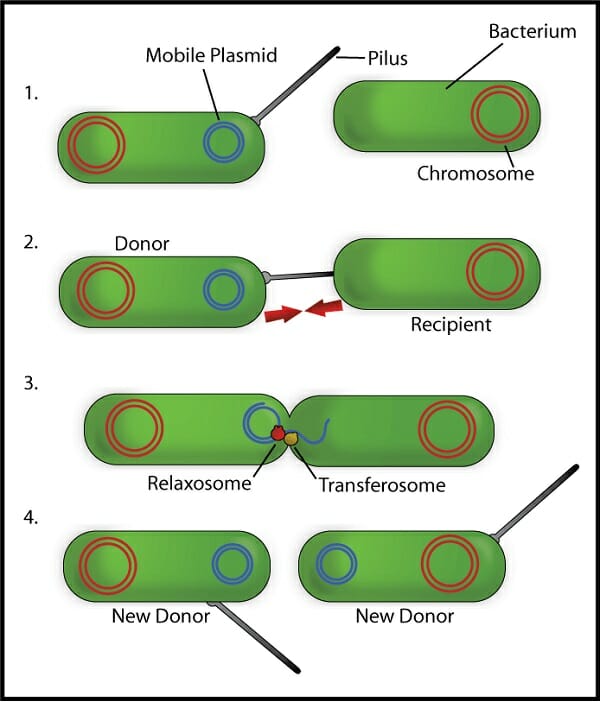
Many of the major conceptual topics surrounding the evolution of multicellularity fall under this category. Thus, traits that evolved first in unicellular organisms can influence the tempo and mode of multicellular evolution in that lineage.īroadly speaking, prior work examining adaptation in simple multicellular organisms has focused primarily on the mode, not the tempo of adaptation. For example, it has been proposed that the existence of temporally alternating phenotypes found in the unicellular ancestors of metazoans, dictyostelid social amoebas, and the volvocine algae were co-opted for spatial cellular differentiation during the evolution of multicellularity. In some cases, the existence of certain characteristics in unicellular ancestors may potentiate the evolution of novel multicellular phenotypes. Comparative genomics studies show that co-option of ancestral unicellular genes is among the most common modes of adaptation in diverse multicellular lineages. Although many factors influence the ability of a multicellular lineage to gain adaptations-e.g., physical structure, the multicellular life cycle, and eco-environmental conditions -a crucial factor may be the suite of initial traits of the component cells. Central to the success of any nascent multicellular organism was the ability to gain adaptations and outcompete its ancestors along with other unicellular and multicellular lineages present in the environment. Yet, the early stages of multicellularity were likely primitive and precarious owing to the small genetic distance from unicellularity. The evolution of multicellularity gave rise to organisms whose scale and complexity significantly exceed those of their unicellular ancestors. Our results demonstrate that basic aspects of the cell cycle can give rise to different rates of adaptation in multicellular organisms. When growth rate decreases with cell age, we find that beneficial mutations can spread significantly faster in a multicellular budding population than its corresponding unicellular population or a population reproducing via binary fission. Since budding and binary fission distribute age-accumulated damage differently, we consider the effects of cellular senescence. Comparing populations once they reach carrying capacity, we find that the spread of mutations in multicellular budding populations is qualitatively distinct from the other populations and in general slower.

We use mathematical models to study the spread of beneficial, growth rate mutations in unicellular populations and populations of multicellular filaments reproducing via binary fission or budding. We consider how a fundamental aspect of cells, whether they reproduce via binary fission or budding, can affect the rate of adaptation in primitive multicellularity. The tempo and mode of multicellular adaptation is influenced by many factors including the traits of individual cells. It is a type of asexual reproduction in which new plants are produced from roots, stems, leaves and buds.Early multicellular organisms must gain adaptations to outcompete their unicellular ancestors, as well as other multicellular lineages. Fungi like Rhizopus, Mucor, etc., are examples of spore formation. Here they germinate and produce new plants.

When this spore case of the plant bursts, these spores travel in air and land on food or soil. In spore formation, the parent plant produces hundreds of reproductive units called spores in its spore case. The method of spore formation occurs in both unicellular and multicellular organisms. Hydra and yeast undergoes the process of budding. In the process of budding, a small bud grows on the body of the parent organism and when the time comes it detaches itself to form a new organism. Plasmodium undergoes the process of multiple fission Examples of unicellular organisms that undergo binary fission are amoeba, paramecium, Leishmania etc. There are two types of fission binary fission, multiple fission.


It is a process of reproduction in organisms such as protozoa and many bacteria. In fission, unicellular organism splits to form new organisms. There are six types of asexual reproduction.


 0 kommentar(er)
0 kommentar(er)
